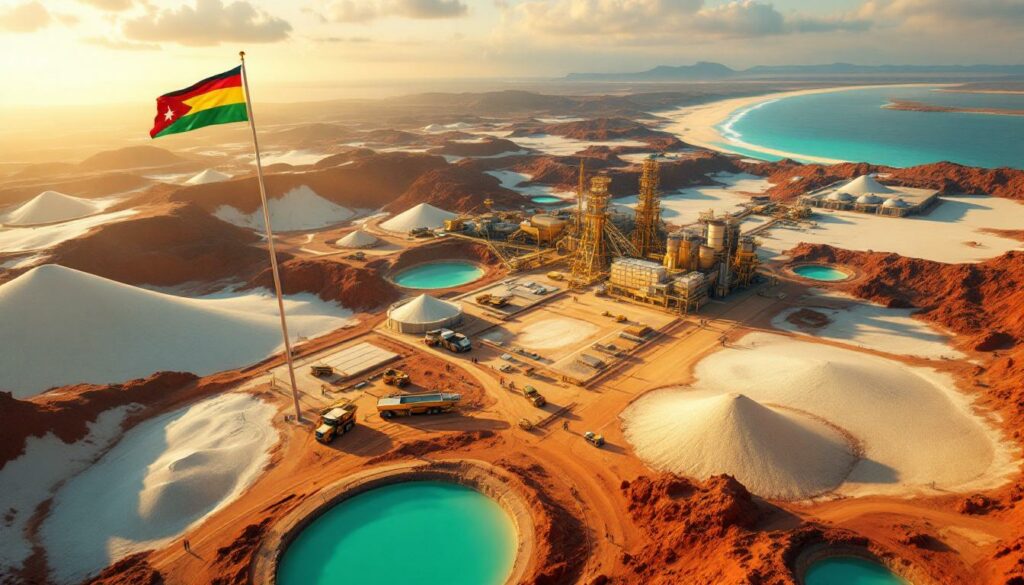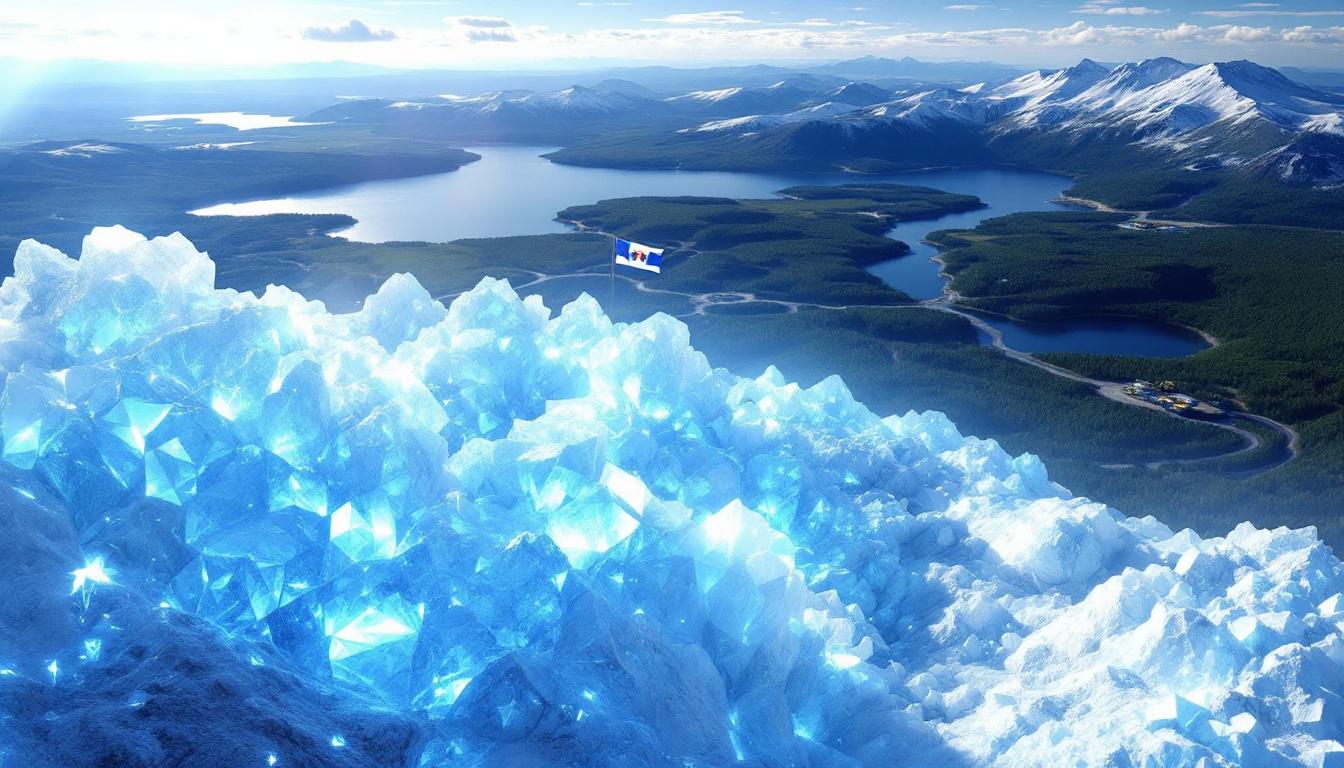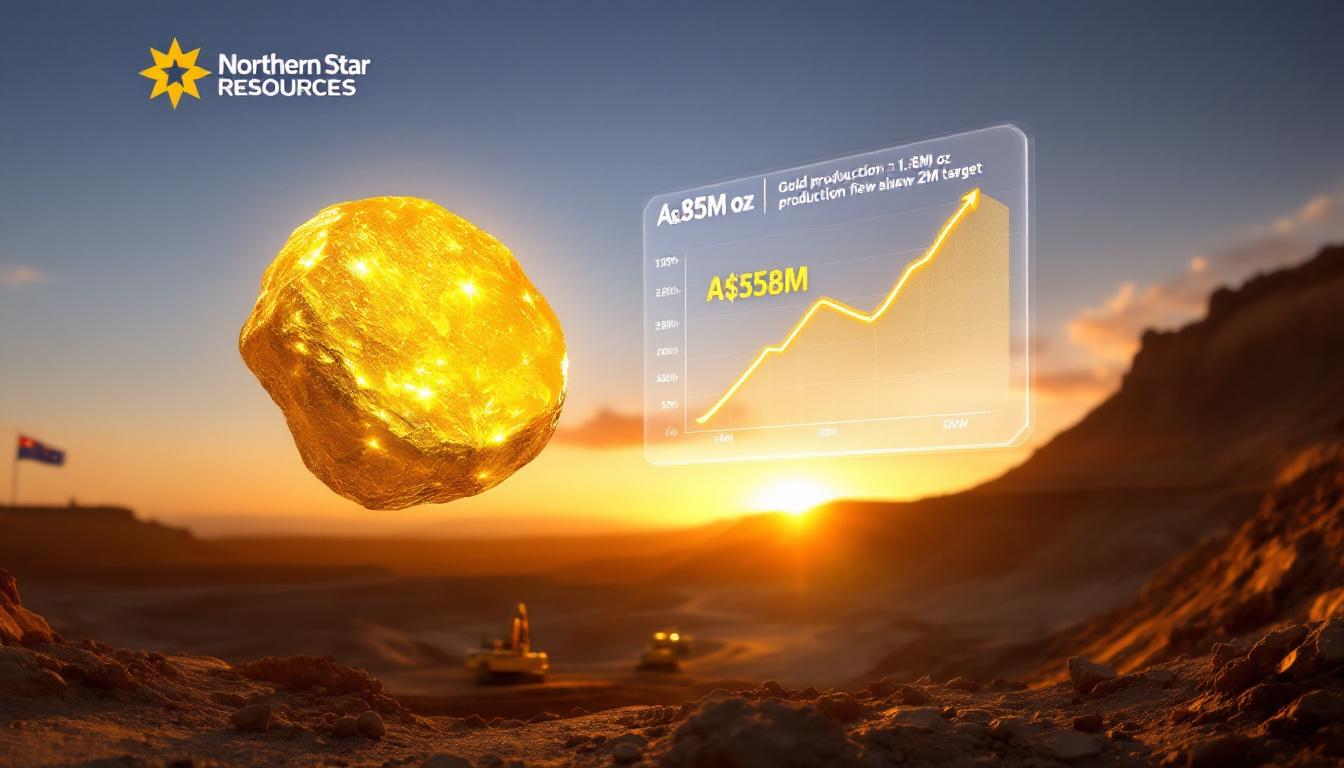Kenmare Resources Ends Acquisition Talks with Oryx-Carvill Consortium
Kenmare Resources, the major titanium minerals and zircon producer operating the Moma mine in Mozambique, has officially terminated discussions with a consortium that had proposed to acquire the company. The decision, announced on June 19, 2025, marks the end of a three-month negotiation process that ultimately failed to produce terms acceptable to Kenmare's board.
The consortium, comprised of Oryx Global Partners and Michael Carvill (Kenmare's Managing Director), had approached Kenmare with a potential all-cash offer, but negotiations concluded without an agreement after the consortium significantly reduced its proposed pricing. This situation highlights the complex nature of mining industry evolution in today's market landscape.
Timeline of the Failed Acquisition Attempt
The buyout discussions began in March 2025 when Kenmare first informed shareholders about receiving a non-binding proposal from the consortium. After careful evaluation with financial and legal advisers, Kenmare's board unanimously rejected the initial proposal, stating it undervalued the company's business and future prospects.
Despite this initial rejection, Kenmare provided the consortium with limited due diligence information to potentially facilitate improved financial terms. The company continued discussions and shared additional due diligence data to help the consortium progress conversations with potential financing partners.
"We gave this possible offer extensive consideration despite its early stage and unsolicited nature," stated Andrew Webb, Kenmare's Chairperson. "However, the board remains confident in Kenmare's prospects as an independent company."
Why Did Kenmare Terminate the Buyout Talks?
The decisive factor in ending negotiations came when the consortium indicated it would only proceed with an offer at pricing "substantially below" its initial proposal. This revised pricing was accompanied by a request for additional due diligence time to finalize financing arrangements.
Kenmare's board unanimously rejected this revised pricing, concluding that it "significantly undervalued" the company's business and future potential. This rejection led to the termination of buyout talks with consortium on June 19, 2025.
Valuation Disconnect
Industry analysts point to several factors that likely contributed to the valuation gap:
-
Commodity Price Volatility: The titanium feedstock and zircon markets have experienced significant price fluctuations in recent quarters, complicating valuation models.
-
Financing Challenges: The consortium's request for extended due diligence suggests potential difficulties securing capital at terms that would support their initial valuation.
-
Long-term Asset Value: Kenmare's board emphasized the multi-decade potential of Moma's reserves, particularly the Nataka ore zone—value that may not have been fully reflected in the consortium's revised offer.
-
Operational Improvements: Recent efficiency initiatives and production upgrades at Moma may have increased Kenmare's internal valuation beyond what the consortium was willing to pay.
What Makes Kenmare Confident in Its Independent Future?
Kenmare's confidence in its standalone future is anchored in the strategic value of its Moma mine in Mozambique. The company describes Moma as one of the world's largest titanium minerals deposits with substantial inherent value that wasn't recognized in the consortium's offer. Understanding the mineral deposit guide helps in appreciating the significance of Moma's resources.
Moma Mine's Strategic Advantages
-
Resource Scale: Moma hosts one of the world's largest titanium minerals deposits with proven and probable reserves sufficient for multi-decade operations.
-
Operational Longevity: The mine has a projected operational lifespan extending beyond 20 years, providing long-term production visibility.
-
Cost Efficiency: Moma maintains a consistent low-cost production profile, partly due to its dredge mining technique which is less capital-intensive than traditional dry mining methods.
-
Product Diversity: The operation produces ilmenite, rutile, and zircon—providing natural hedging against individual mineral price fluctuations.
Current Performance and Development Projects
The company reports it remains on track to achieve its 2025 production guidance and has secured a strong order book for the second half of the year. This operational stability comes despite global supply chain challenges affecting many mining operations worldwide.
Kenmare is also progressing with key development projects that strengthen its independent future:
-
Wet Concentrator Plant A Upgrade: The project is advancing according to plan and budget, with commissioning scheduled to begin in Q3 2025.
-
Nataka Transition: The plant will transition to mining the large Nataka ore zone, which represents the majority of Moma's resource base.
-
Production Security: Mining in Nataka will secure long-term production stability and support strong cash flow generation throughout commodity price cycles.
-
Operational Efficiency: The upgrade incorporates new technologies expected to reduce operational costs and improve mineral recovery rates.
"The transition to Nataka represents a pivotal moment in Moma's operational timeline," noted Andrew Webb. "This ore zone will secure our production profile for decades to come and enhance our ability to generate strong cash flows regardless of where we are in the commodity cycle."
What Does This Mean for Kenmare's Future?
The termination of buyout talks represents Kenmare's commitment to pursuing value creation as an independent entity. The company appears focused on executing its existing operational strategy, particularly the transition to mining the Nataka ore zone, which it views as crucial for long-term production stability.
Strategic Independence
For investors and industry observers, this development signals Kenmare's confidence in the fundamental value of its assets and operations beyond what potential acquirers were willing to pay. The company's emphasis on its "multi-decade mine life" and ability to "generate strong cash flow throughout the commodity price cycle" suggests a long-term perspective on value creation.
Financial Outlook
While specific financial projections weren't detailed in the announcement, Kenmare's strategic focus on the Nataka transition indicates:
-
Capital Allocation: Resources previously dedicated to acquisition discussions can now be fully directed toward operational improvements and the Nataka transition.
-
Dividend Potential: Successful execution of the Nataka project could support continued dividend distributions, which have become increasingly important to mineral sands investors.
-
Debt Management: Strong projected cash flows from expanded operations may accelerate debt reduction, improving Kenmare's financial flexibility.
Technical Considerations
The Nataka ore zone presents both opportunities and challenges:
-
Mineral Grade: While Nataka contains massive reserves, industry experts note that ore grade variations will require sophisticated mineral processing techniques to maintain optimal recovery rates.
-
Mining Methodology: The transition will test Kenmare's operational flexibility as dredge mining operations adapt to Nataka's specific geological characteristics.
-
Processing Adaptations: The Wet Concentrator Plant A upgrade incorporates specialized equipment designed specifically for Nataka's mineralogical profile.
Market Implications of the Failed Acquisition
While specific market reactions weren't detailed in the announcement, failed acquisition attempts typically create short-term price volatility for the target company. However, Kenmare's clear articulation of its standalone strategy may help stabilize investor sentiment.
Valuation Considerations
The terminated discussions highlight the challenges in valuing mining assets in the current market environment, particularly for specialized minerals like titanium and zircon that have strategic importance but can experience price volatility. The complexities of these negotiations often involve sophisticated takeover strategies insights that can impact final outcomes.
Key valuation factors include:
-
Reserve Life: Moma's multi-decade reserve profile requires sophisticated discounted cash flow models that can diverge significantly based on long-term price assumptions.
-
Geopolitical Stability: Mozambique's evolving regulatory environment adds complexity to long-term valuation models.
-
Product Applications: Titanium minerals and zircon serve high-growth sectors including aerospace, medical applications, and advanced ceramics—creating valuation premiums compared to more commodity-oriented minerals.
Industry Trends
The failed acquisition attempts fit within broader mineral sands industry trends:
-
Consolidation Challenges: Several attempted consolidations in the mineral sands sector have faced similar valuation disconnects in recent years.
-
Strategic Importance: Titanium minerals are increasingly recognized for their importance in defense applications and high-performance materials, potentially enhancing their strategic value beyond pure financial metrics.
-
Vertical Integration: Downstream processors of titanium feedstocks have shown increased interest in securing mine supply, though price expectations often differ from pure-play miners.
Furthermore, the increasing focus on mineral beneficiation insights demonstrates how processing capabilities can significantly impact valuations in the minerals sector.
Investment Implications
For investors in the mineral sands sector, Kenmare's decision offers several insights:
-
Independent Valuation: The rejection of the consortium's offer provides a floor valuation benchmark for Kenmare's assets.
-
Execution Focus: Investor attention will now shift to Kenmare's operational execution, particularly the Nataka transition timeline and budget adherence.
-
Cyclical Positioning: Kenmare's confidence suggests management views current market conditions as favorable for independent operation rather than selling at a potential cyclical low point.
According to RTT News, this decision marks a significant turning point for Kenmare as it refocuses entirely on its operational strategy rather than potential ownership changes. The company will likely now accelerate its efforts to implement mining transformation trends at its operations to maintain competitiveness.
Disclaimer
This article contains forward-looking statements regarding Kenmare Resources' operations and development projects. Actual results may differ materially from those projected due to various factors including commodity price fluctuations, operational challenges, regulatory changes, and geopolitical developments. Investors should conduct their own due diligence before making investment decisions based on information contained herein.
Seeking the Next Major Mineral Discovery?
Discover significant ASX mineral finds as they happen with Discovery Alert's proprietary Discovery IQ model, which instantly transforms complex mining data into actionable investment insights. Explore why major mineral discoveries can lead to substantial returns by visiting Discovery Alert's dedicated discoveries page and start your 30-day free trial today.




